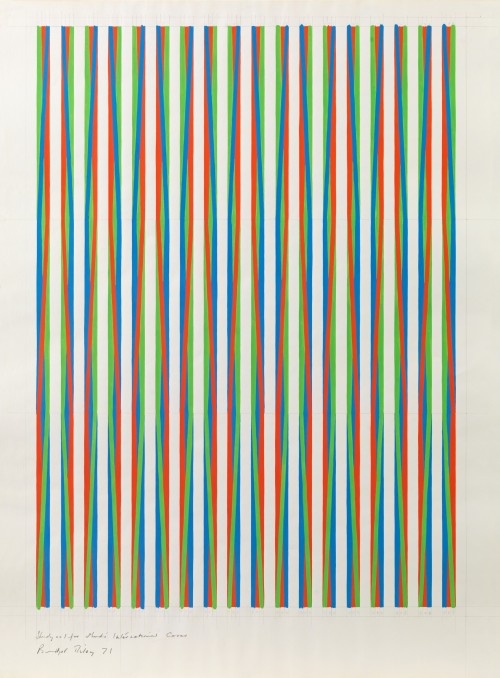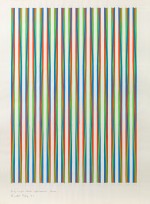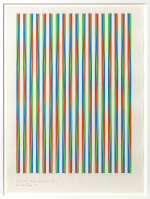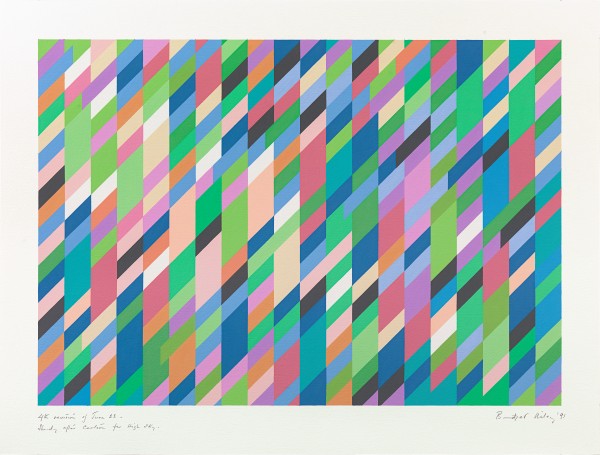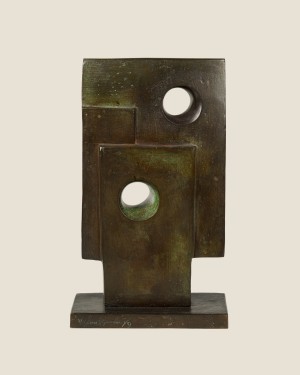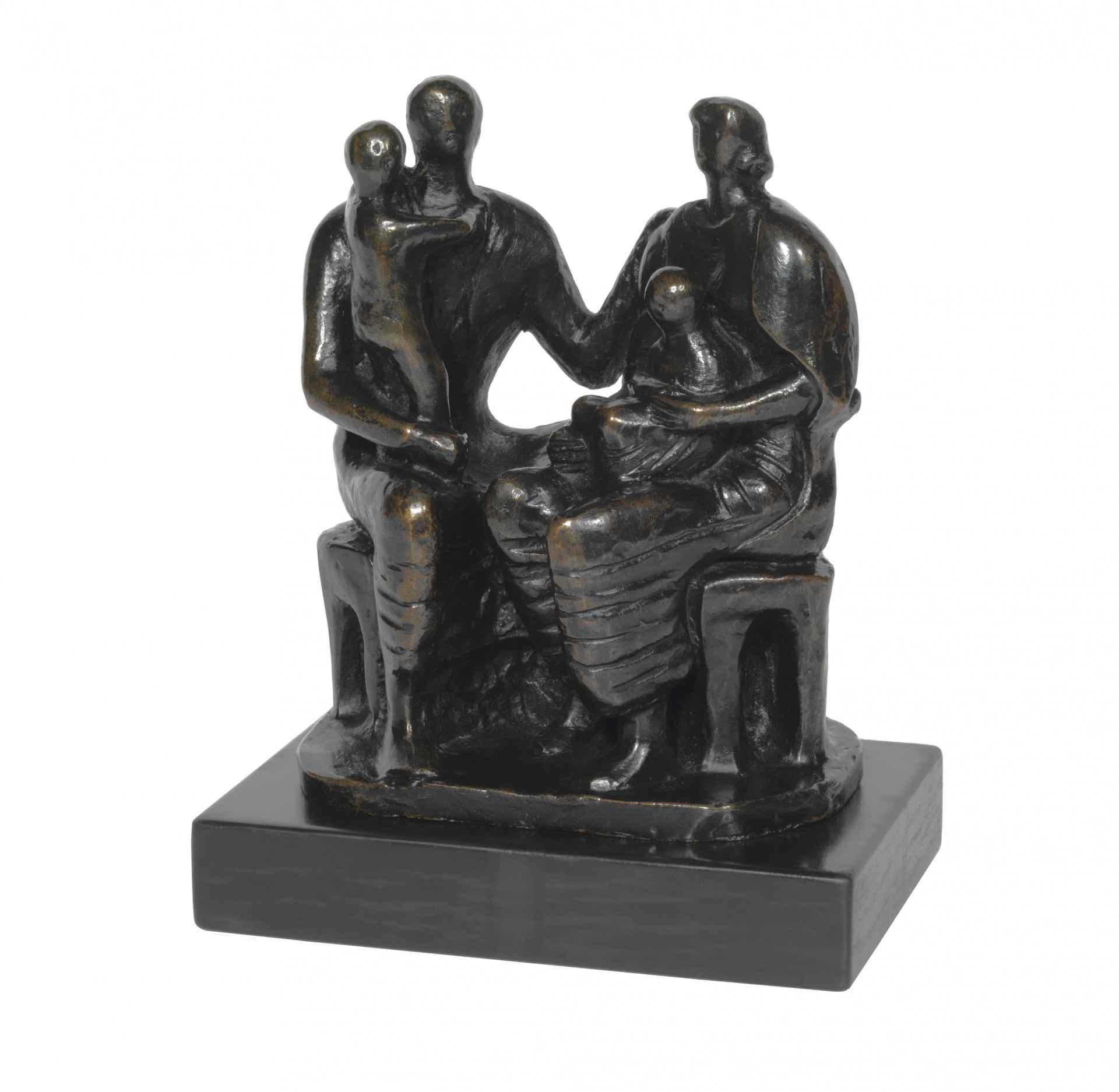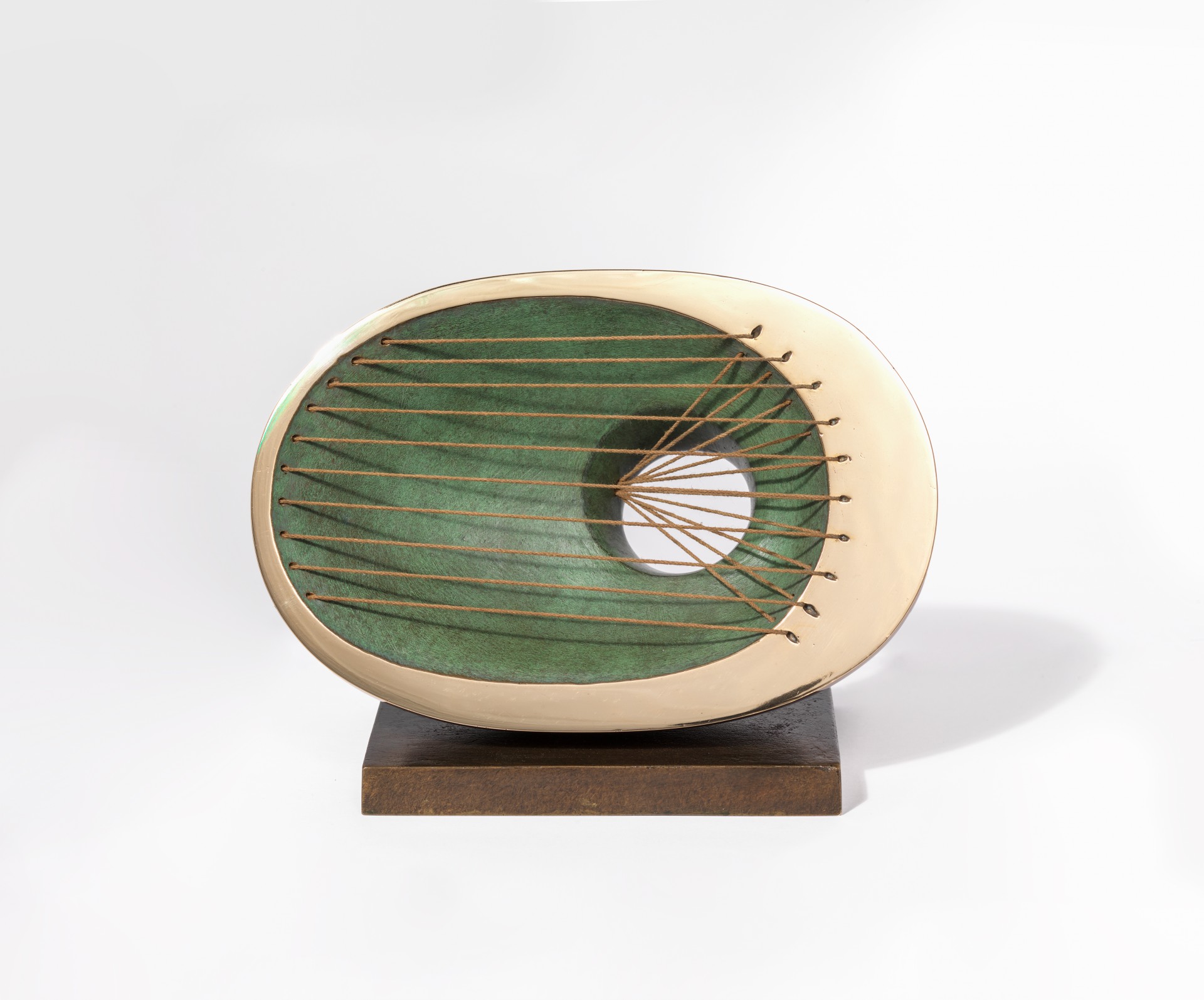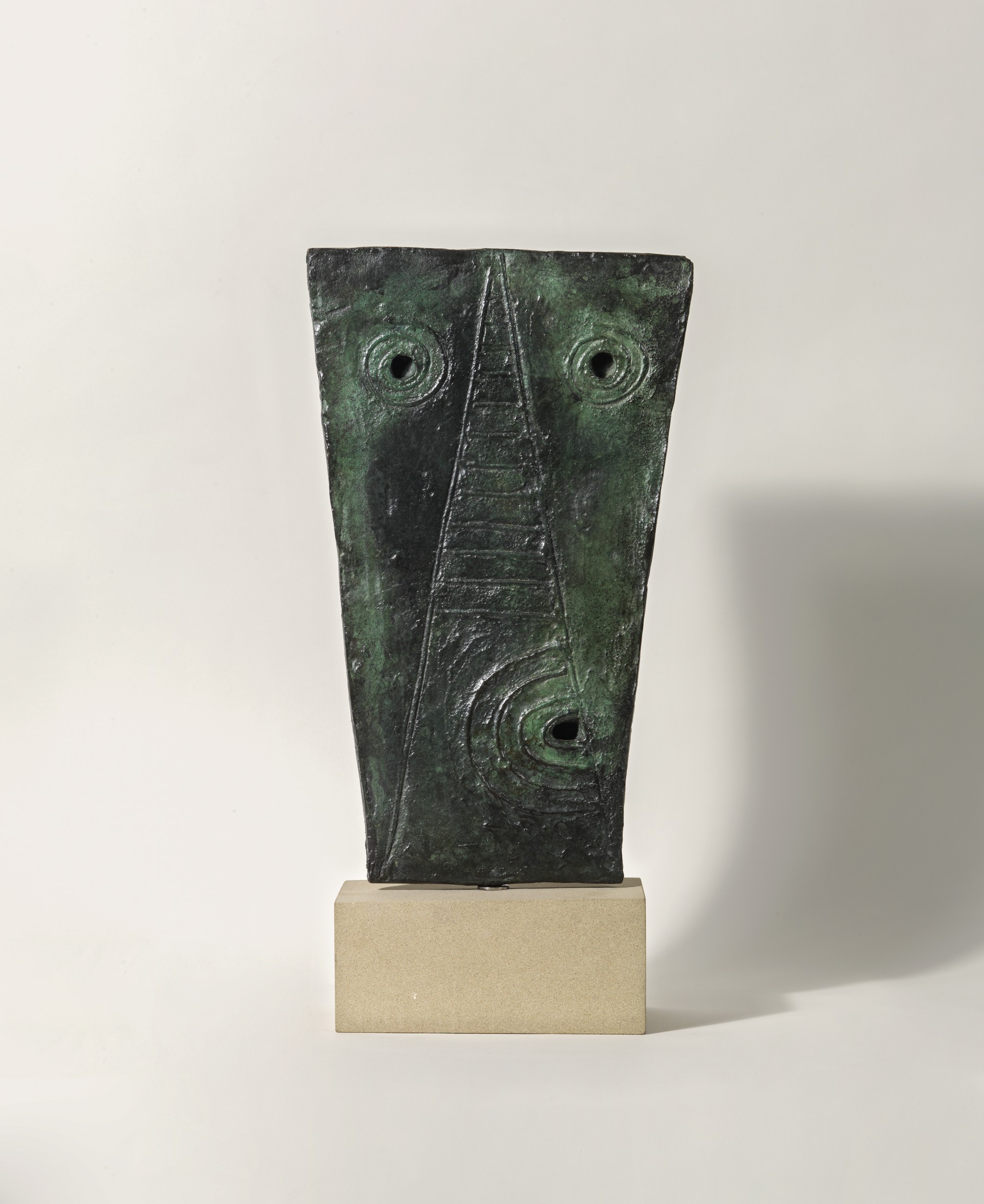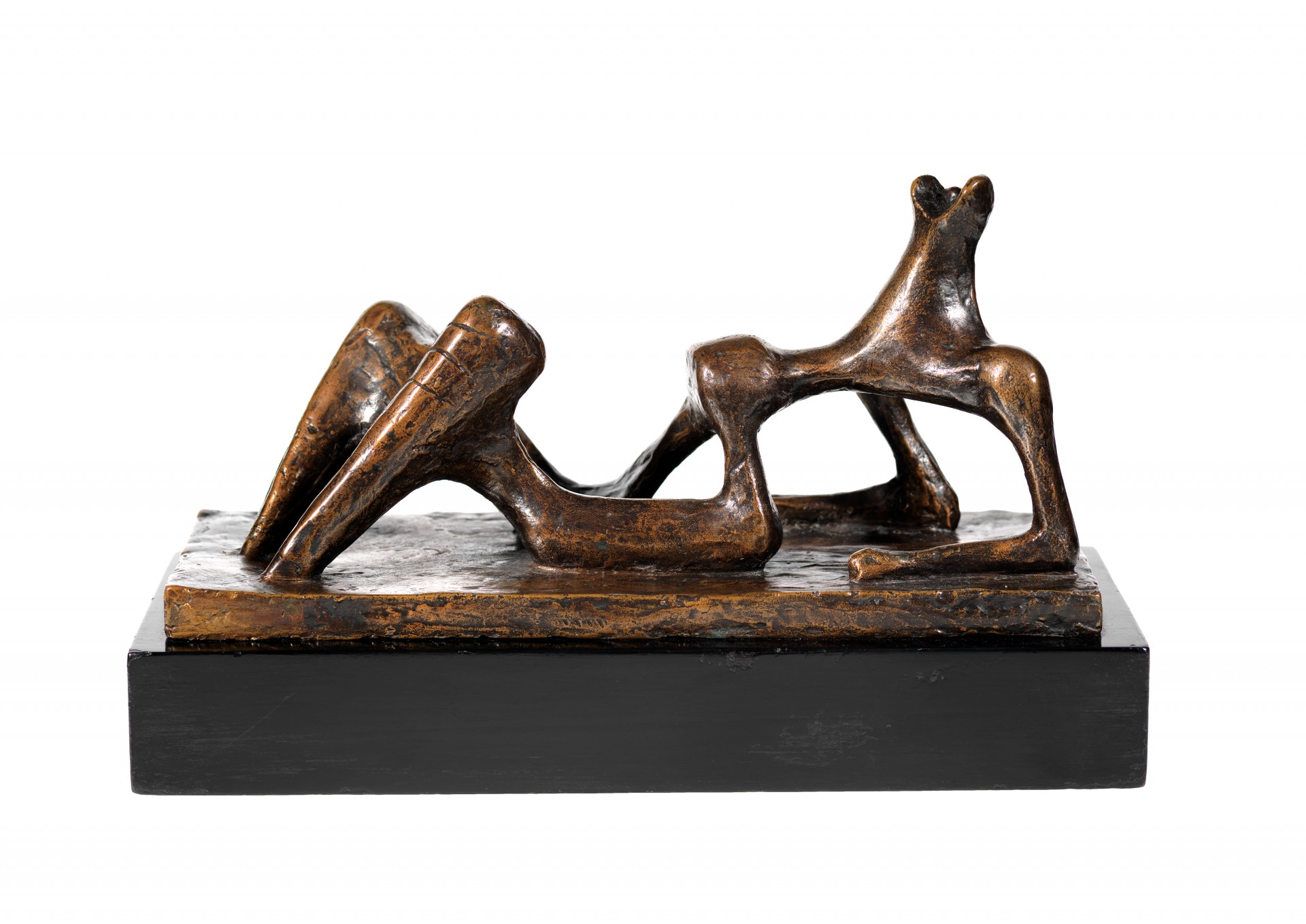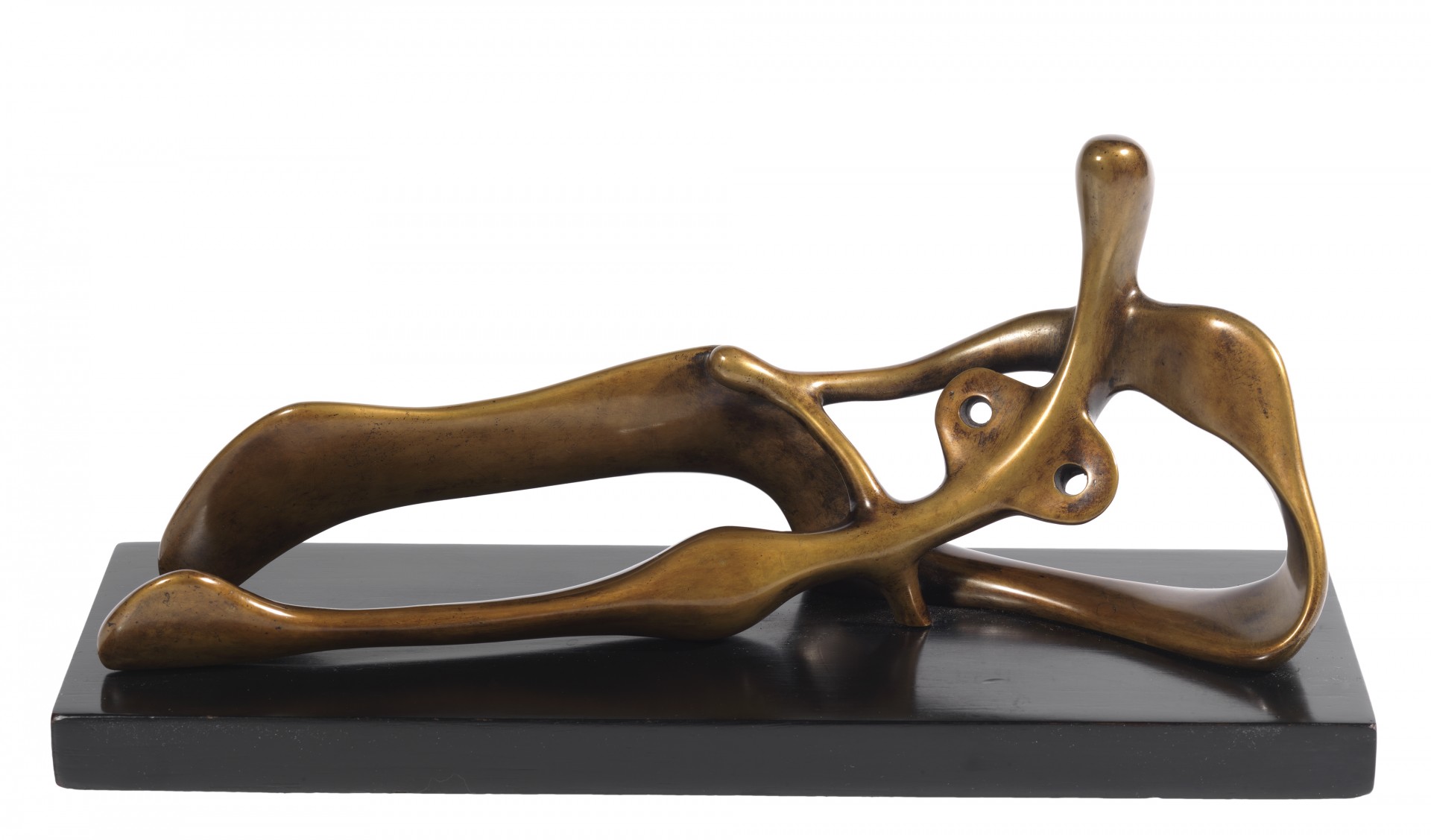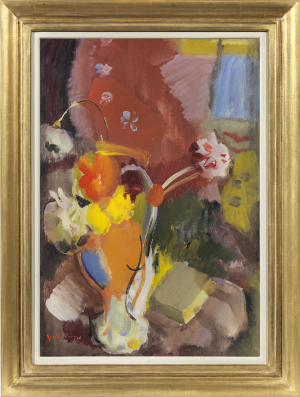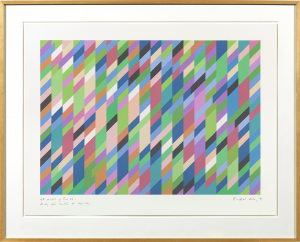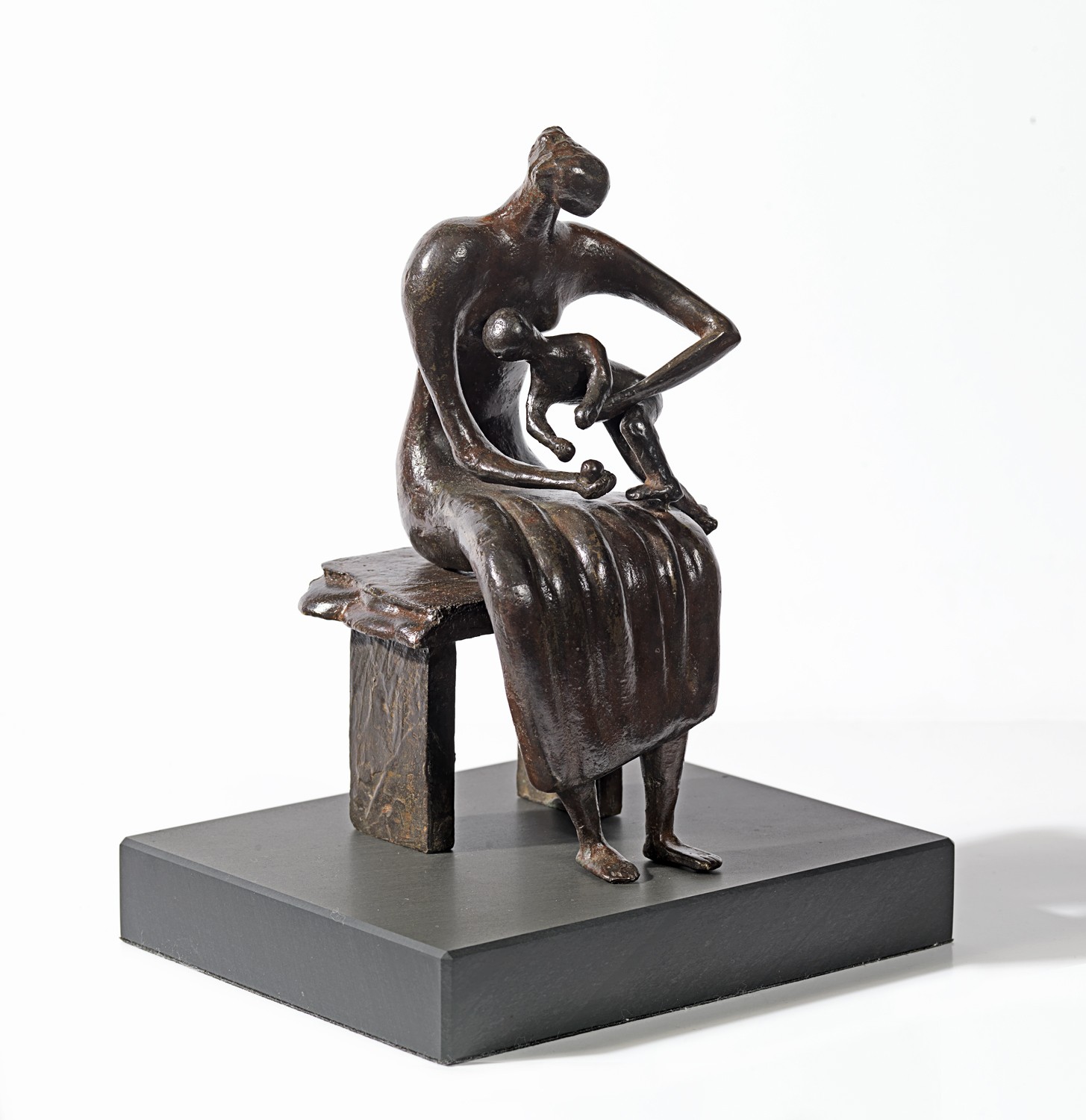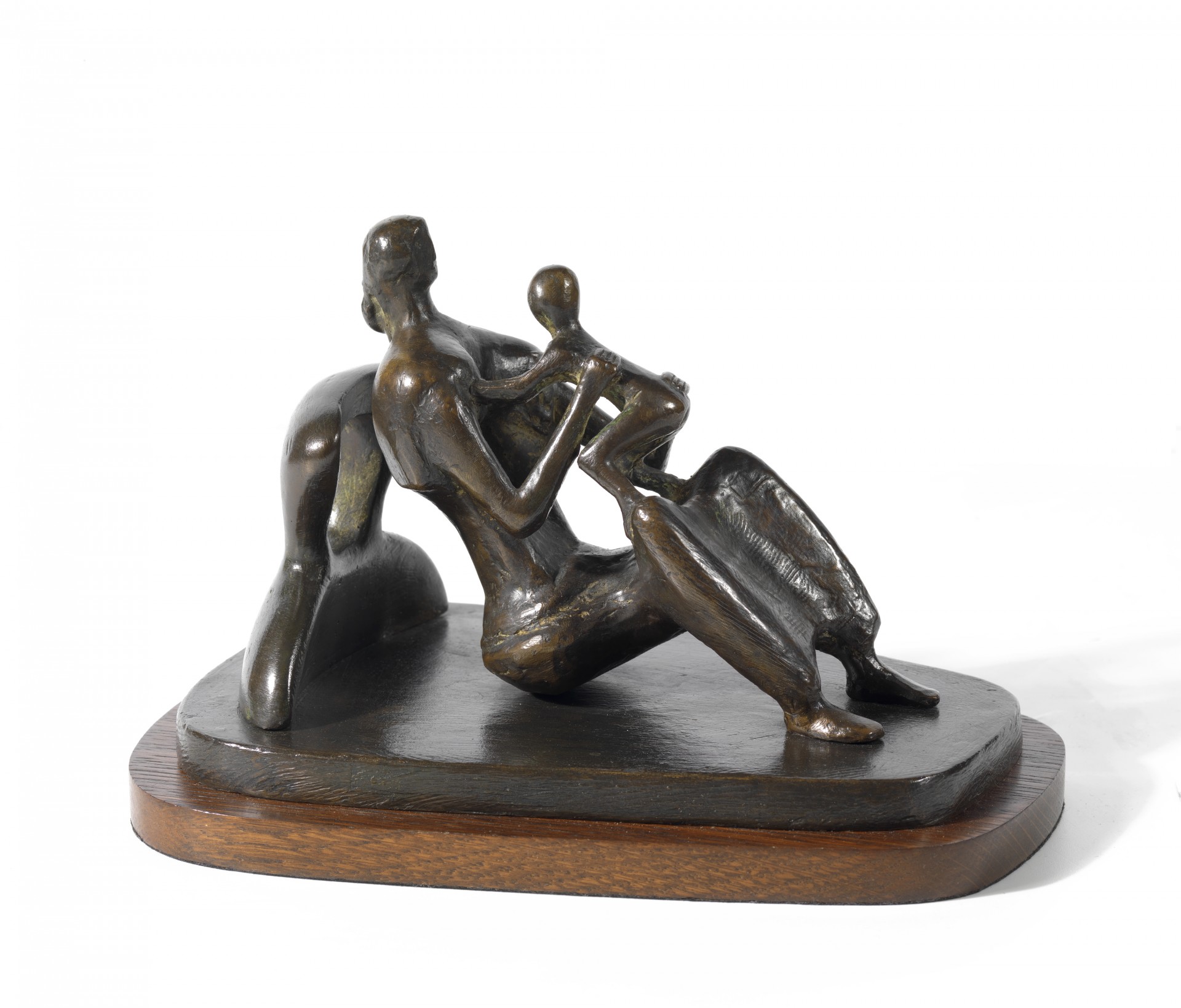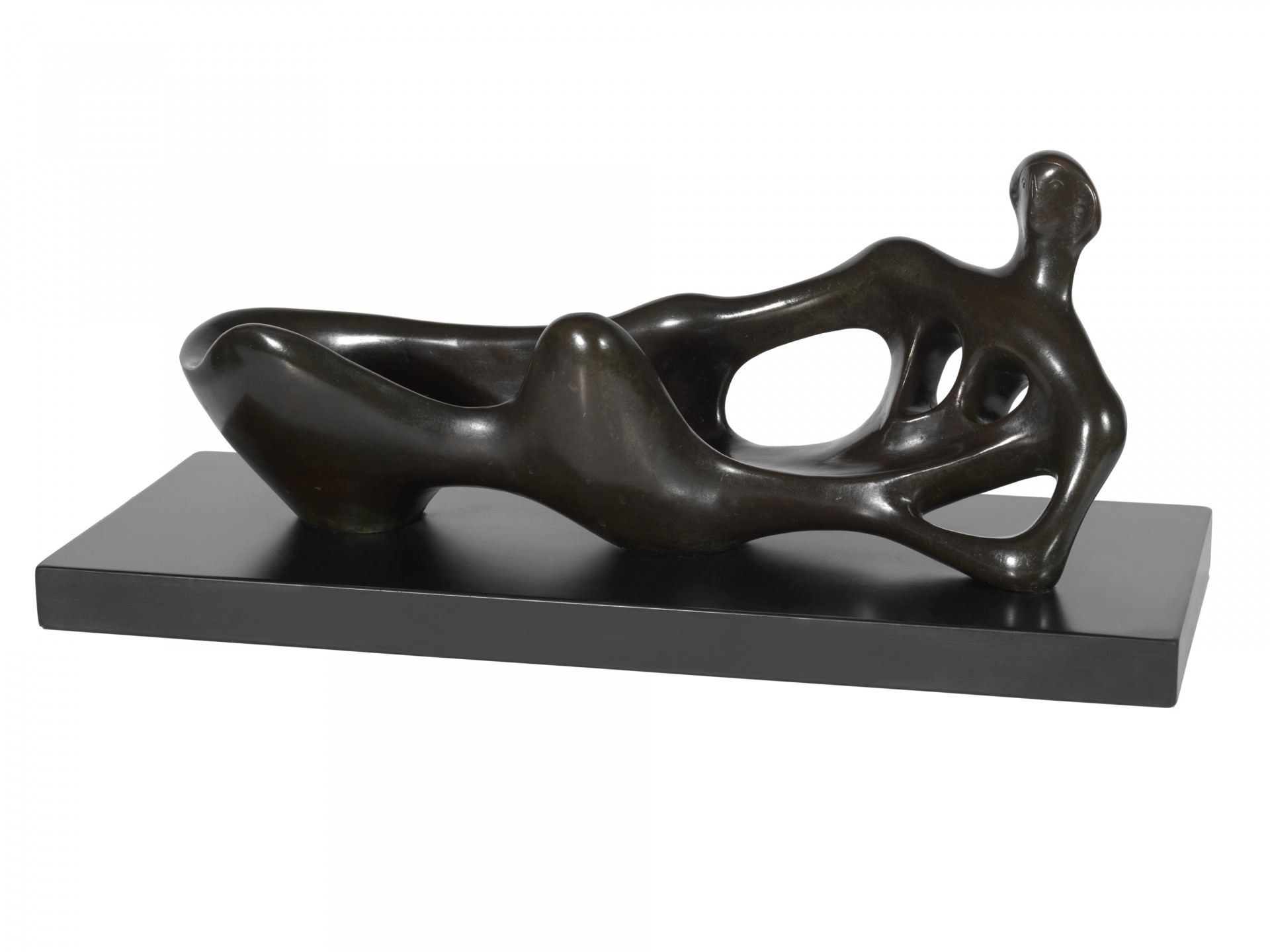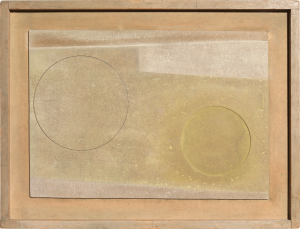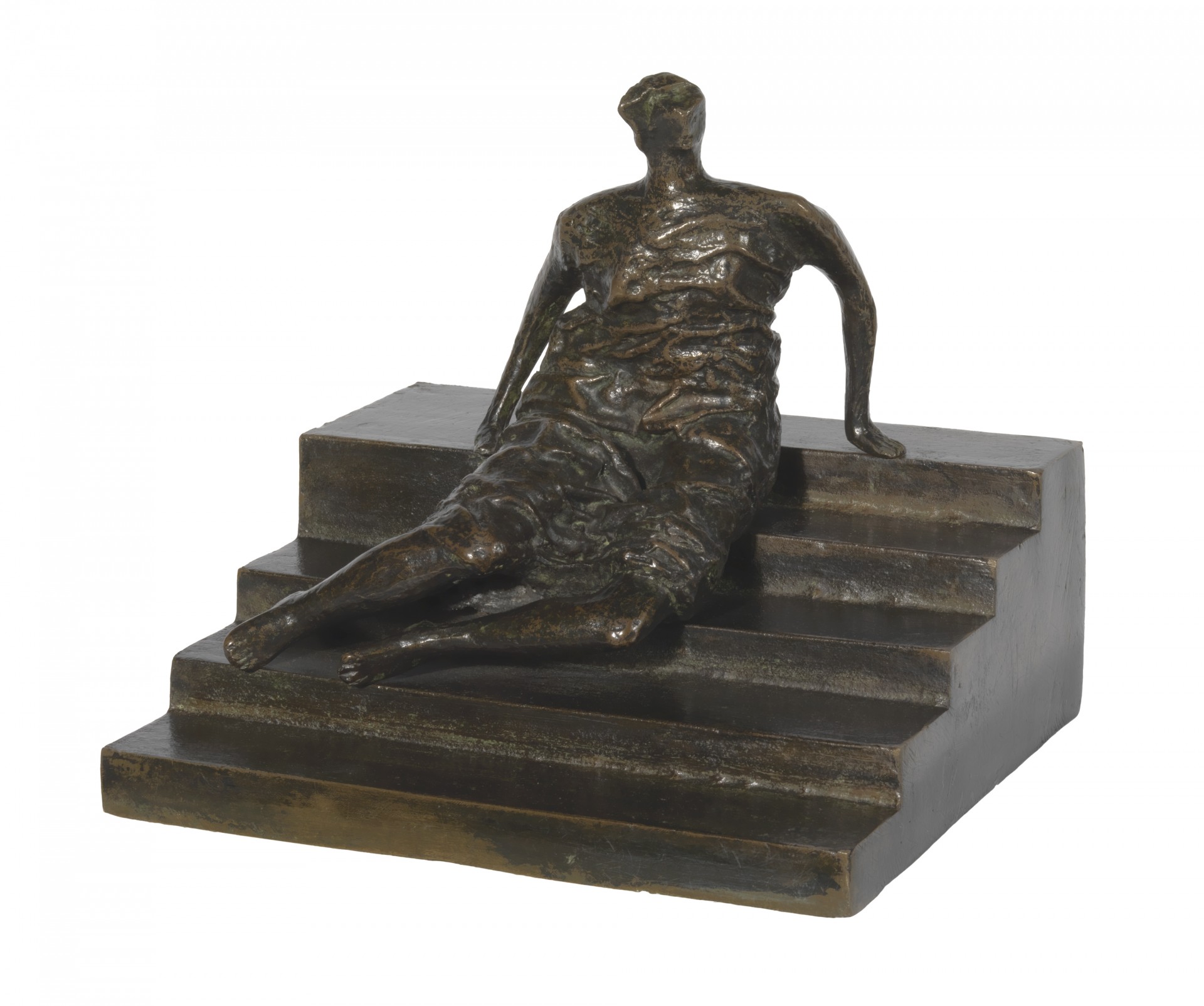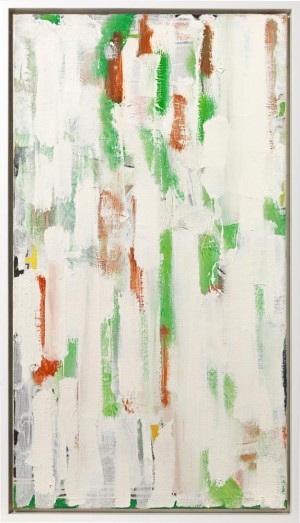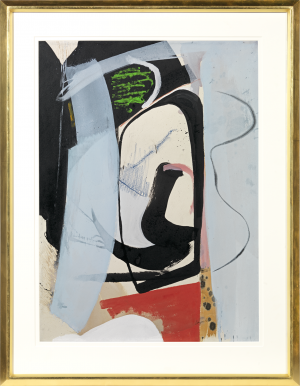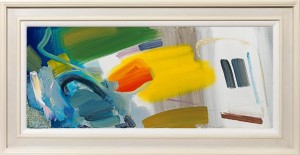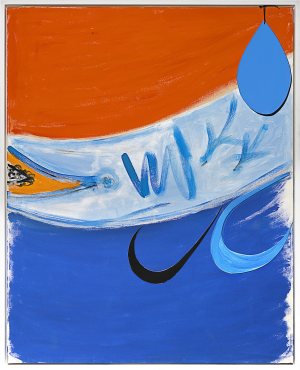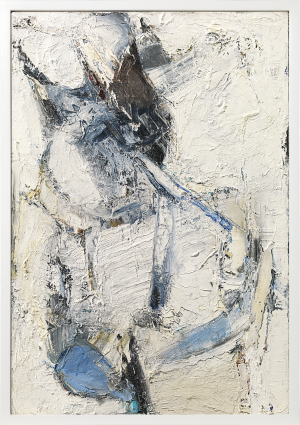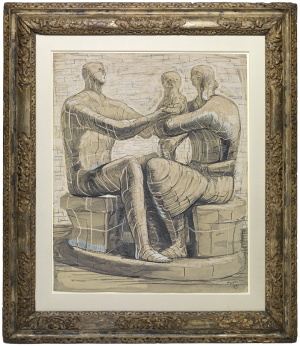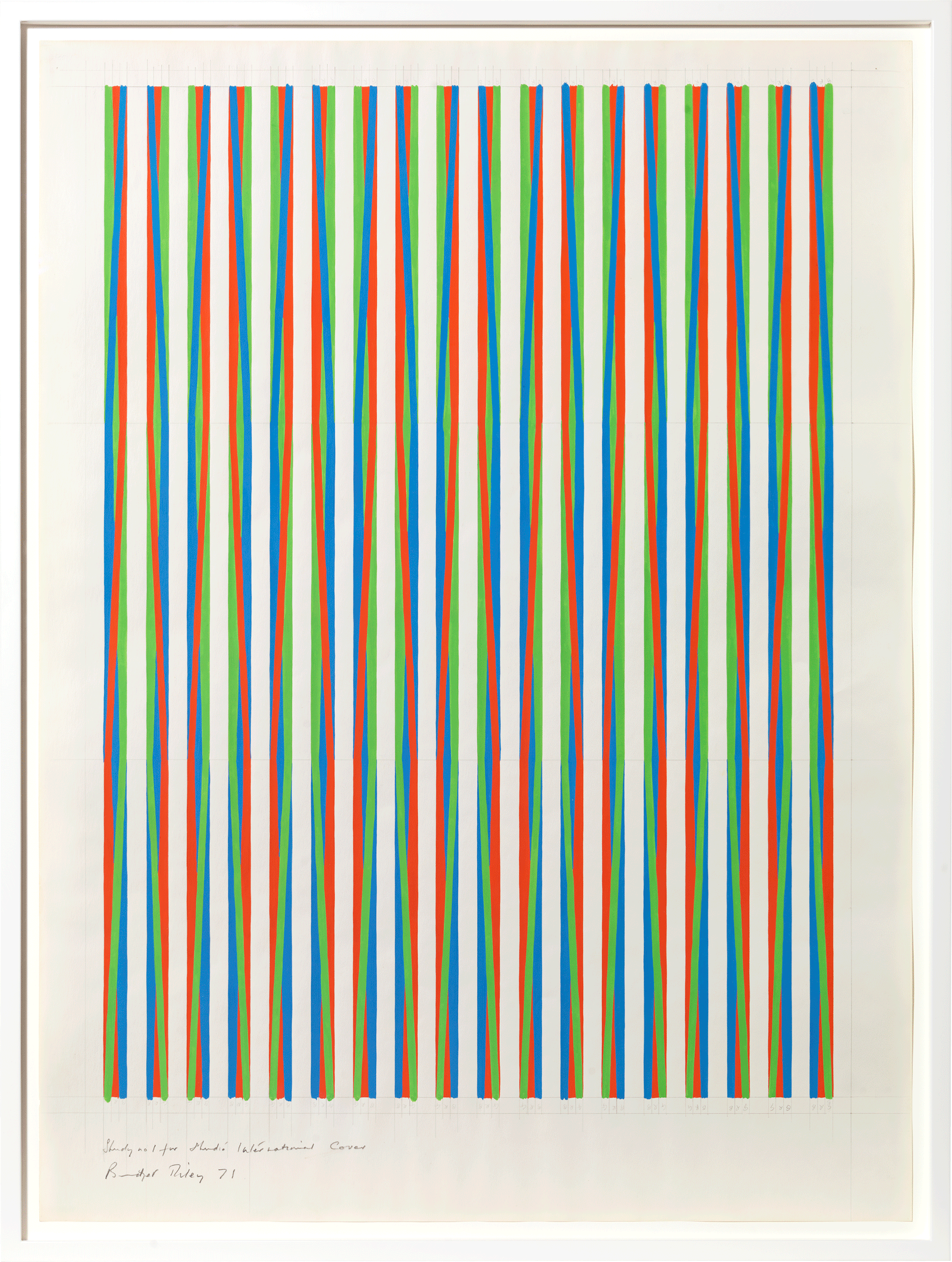Bridget Riley
Study no.1 for Studio International Cover
Gouache and pencil on paper: 36 x 27.1 (in) / 91.4 x 68.9 (cm)
Signed, dated and inscribed lower left: Study no.1 for Studio International Cover / Bridget Riley 71
This artwork is for sale.
Please contact us on: +44 (0)20 7493 3939.
Email us
BRIDGET RILEY CH CBE
Born London 1931
Ref: BX 199
Study no.1 for Studio International cover
Signed, dated and inscribed lower left: Study no.1 for Studio International Cover / Bridget Riley 71
Gouache and pencil on paper: 36 x 27 ⅛ in / 91.4 x 68.9 cm
Frame size: 38 ¼ x 29 ½ in / 97.2 x 74.9 cm
Provenance:
Rowan Gallery, London
Neville Burston (1929-1999)
Juda Rowan Gallery, London [BR 14];
Jeremy Lancaster, acquired from the above, 7th April 1983
Exhibited:
London, Rowan Gallery, Bridget Riley: Drawings, 22nd July-14th August 1971
London, Hayward Gallery, Bridget Riley: Paintings and Drawings 1951-1971, 20th July-5th September 1971, no.198, as First study for Studio International cover [R1003]
Literature:
Studio International, July-August 1971, vol.182, no.935 (another version illus. in colour on the cover)
Bridget Riley’s Study no.1 for Studio International Cover is part of a series of preparatory works for the pivotal oil painting Zing 1, 1971 (BR 137, location unknown) and the cover of Studio International that summer. This iridescent, impactful composition employs a vivacious triad of red, green and blue in eighteen sinuous columns punctuated by vertical bands of white paper, revealing and revelling in the artist’s experimentation with twisted colour stripes to create luminous horizontal zones of coloured light. Riley introduced pure colour into her work following a trip to Greece in 1967, with a limited palette of two then three colours plus white, using the line or stripe as her formal vehicle: ‘This long and thin unit (which provides what Riley terms ‘edge exposure’) could carry colour well and could be crossed, twisted, curved or diagonally slanted. It enabled her to build up colour fields in a way that would not have been possible with more complex geometric forms.’[1] In the subsequent works, colours interact, releasing coloured light into the white intervals, an effect Riley refers to as ‘disembodied colour sensation.’[2]
The coloured stripe paintings that dominated Riley’s work between 1967 and 1974 represent a cornerstone of her optical investigations, to which she would continue to return. In Zing 1 and its studies, she began to experiment with overlapping and entwining thin painted strips of paper, the coloured light produced creating a chromatic complexity that would find further expression in her later curve paintings. ‘When colours are twisted along the rise and fall of a curve their juxtapositions change continually. There are innumerable sequences each of which throws up a different sensation. From these I build up clusters which then flow into each other almost imperceptibly.’[3]
Riley’s preparatory studies on paper form the essential basis of her work, incorporating pencil drawing, gouache, collage and full-scale painted cartoons, in which she investigates the latent energy in particular shapes and sequences of colour while ensuring the precise balance of a painting’s structure by intuitive, empirical means. The artist relies on the resulting bank of visual information which determines the scale and proportion of shape and colour within the final image. The present work demonstrates this draughtsmanship and delicacy at its finest, documenting the precision with which the artist honed her understanding of colour, line and form.
Radiant with energy, this magnificent gouache was exhibited at the Hayward Gallery in 1971, along with Zing, as part of Riley’s first European retrospective, which received significant critical acclaim. Writing in the New Statesman, Robert Melville declared that ‘No painter, alive or dead, has ever made us more conscious of our eyes than Bridget Riley.’[4] Just three years earlier, Riley won the International Prize for Painting at the 34th Venice Biennale, 1968; the first British contemporary painter and woman to receive this distinction.
BRIDGET RILEY CH CBE
Born London 1931
Born in London in 1931, Bridget Riley spent most of her childhood in Cornwall near Padstow in a cottage with her mother, aunt and younger sister, her father being away in the armed forces during the War. From 1946-48 she was educated at Cheltenham Ladies College, where she was introduced by her teacher Colin Hayes to the history of painting and encouraged to attend a local life class. Riley went on to study at Goldsmith’s College of Art from 1949-52 under Sam Rabin and then at the RCA from 1952-5 at the same time as Frank Auerbach, Peter Blake, Joe Tilson and John Bratby. A long period of unhappiness followed her graduation from the RCA as Riley nursed her father after a serious car accident and subsequently suffered a nervous breakdown. After a number of jobs she joined the J Walter Thompson advertising agency.
In 1959 Riley took part in a summer school in Suffolk organised by Harry Thubron, and met Maurice de Sausmarez, who became her friend and mentor, going on to write the first monograph of her work. On tour in Italy in the summer of 1960, Riley painted Pink Landscape, 1960, a key piece in her early development. Having broken with Sausmarez and suffered an artistic crisis, her attempts to create an entirely black painting produced her first black-and-white works. She held her first solo show 1962 at Gallery One, London and won the International Prize for painting at the 34th Venice Biennale in 1968, the first British contemporary painter and first woman ever to win.
The work of Bridget Riley is represented in the Stedelijk Museum, Amsterdam; the Museum of Fine Arts, Boston; The British Council; the National Gallery of Australia, Canberra; the Nelson-Atkins Museum of Art, Kansas City; the Berardo Collection; Sintra Museum of Modern Art, Lisbon; the Arts Council Collection Hayward Gallery, London; the Tate, London; The Museum of Modern Art, New York; the Neues Museum, Nurnberg; the Museum Boijmans Van Beuningen, Rotterdam; the Sheffield Galleries and Museums Trust; The National Museum of Modern Art, Tokyo and the Sezon Museum of Modern Art, Kitasaku.
[1] Robert Kudielka, Alexandra Tommasini, Natalia Naish, Bridget Riley: The Complete Paintings, vol. 1 1959-1973, Thames & Hudson, London 2018, p.20.
[2] Ibid., p.20.
[3] Bridget Riley cited https://www.tate.org.uk/whats-on/tate-britain/exhibition/bridget-riley/bridget-riley-room-guide-room-4-twists-and-curves
[4] R. Melville, ‘An Art Without Accident’, New Statesman, 23rd July 1971, p.121.

